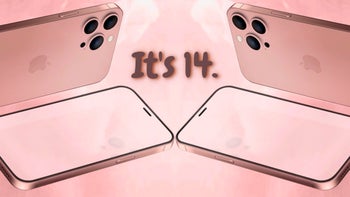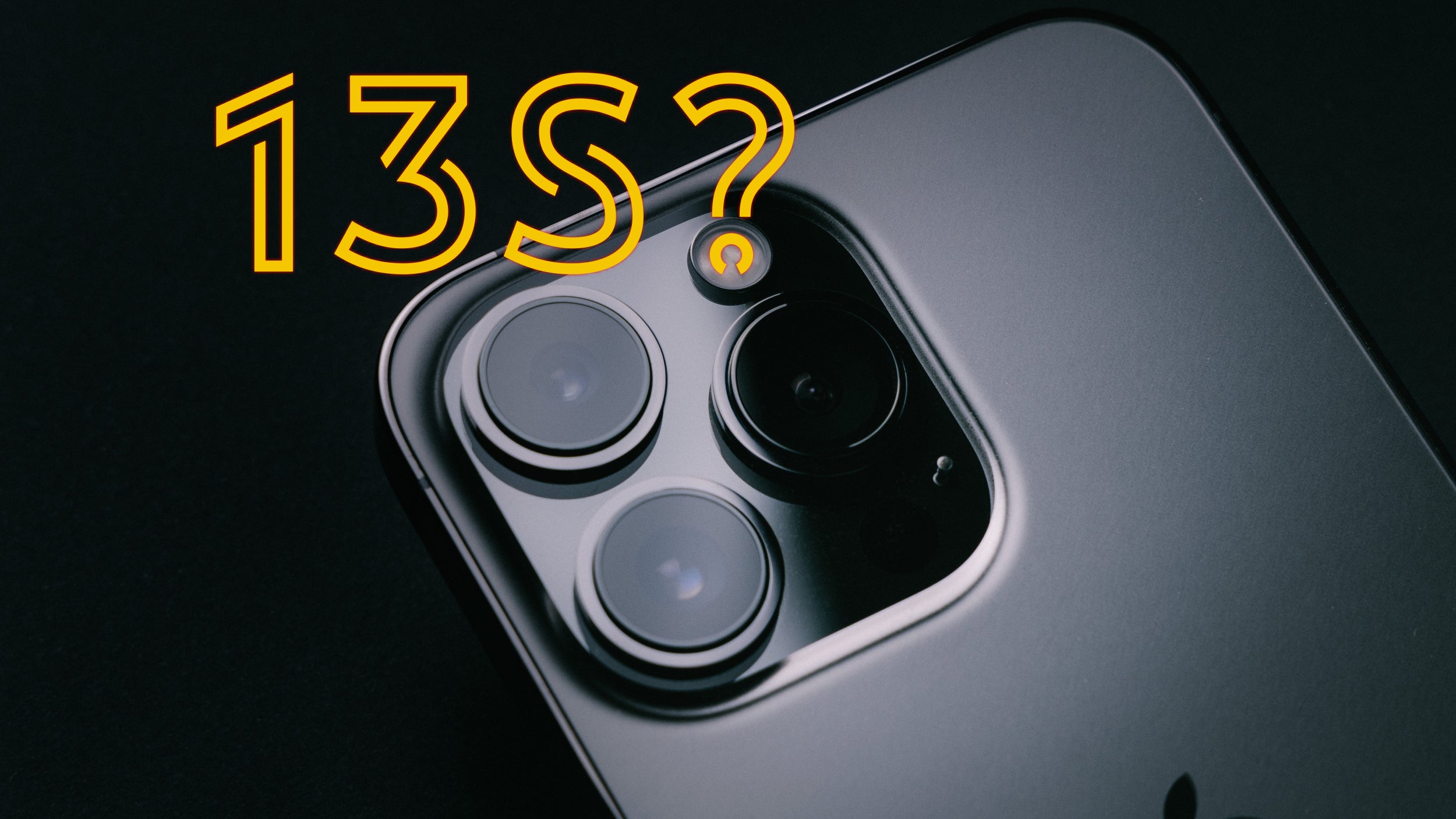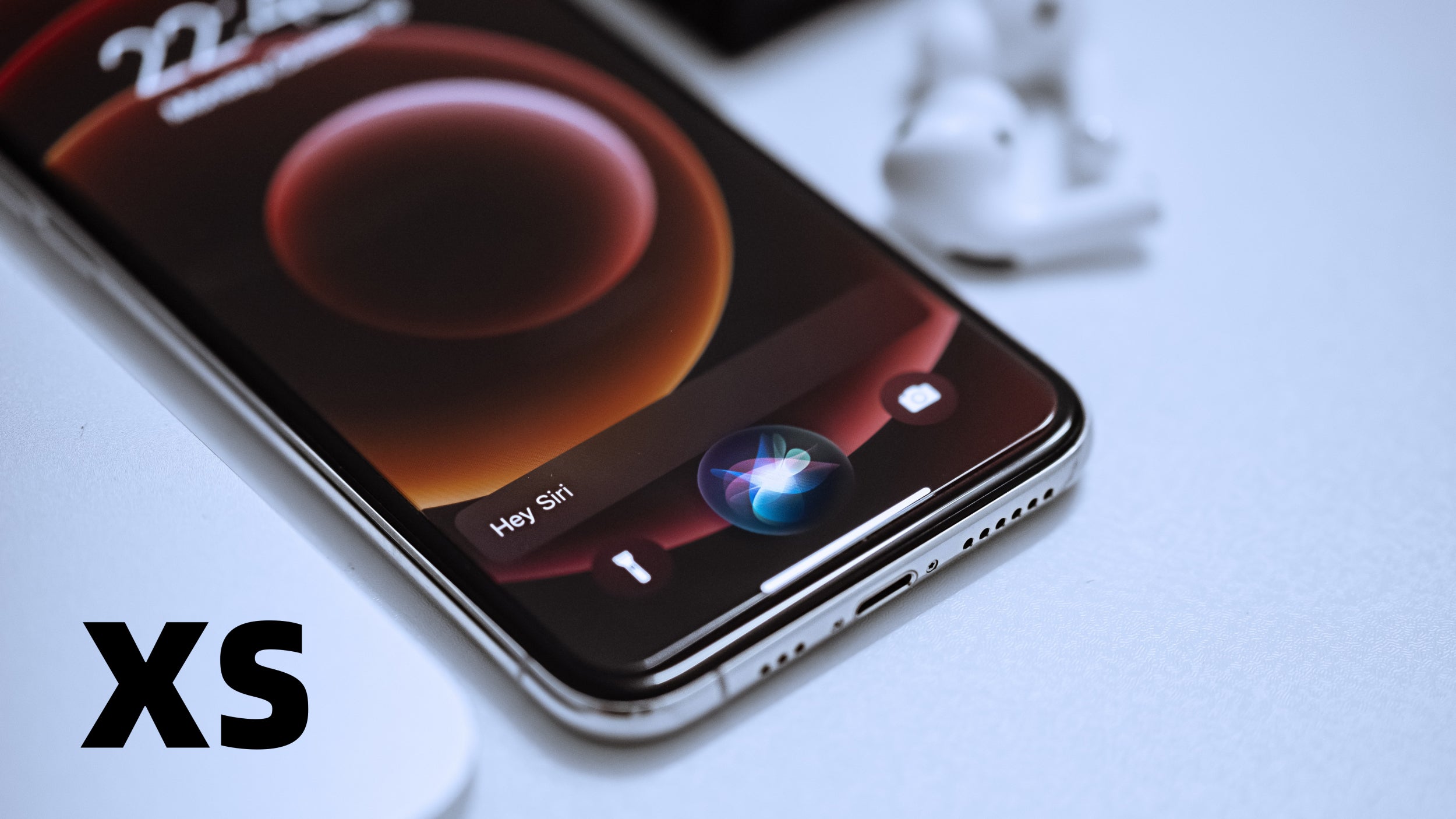iPhone 13S in 2022? Not happening - the “S” iPhone is gone forever and here's why
This article may contain personal views and opinion from the author.

iPhone XS - the last "S" model that Apple released, which openly said: "I'm a small upgrade. You might want to skip me if you have last year's iPhone".
It's not exactly clear what the "S" in the name of all iPhones that carried it stands for. Back in the day when the first "S" - the iPhone 3GS was released, Phil Schiller said that "S" was for "speed" because this was the fastest iPhone.
It's been a while since 2018 when the iPhone XS came out, let alone 2009. We haven't seen an "S" iPhone in a long time... Or have we? Let's take a trip through Apple's iPhones that preceded and followed the XS to explain why the "S" model isn't coming back, but also how Apple found a better, more clever alternative to it.
Was the "S" iPhone a good branding move to begin with?

The iPhone 3GS was the first iPhone to carry the "S" branding.
First and foremost, the "S" iPhone was never a good branding move. As we mentioned, it immediately informed people that this iPhone probably isn't the most exciting upgrade, compared to the previous one, or even the one before it.
Frankly, it's very surprising that it took Apple almost ten years to realize that the "S" wasn't the best iPhone marketing trait of an otherwise brilliant public image. That being said, not every other iPhone carried the "S" branding. We never saw an iPhone 7S, which will make a good starting point for our mini analysis.
When the iPhone 8 series, and more importantly, iPhone X, were revealed in 2017, Apple wanted to give its lineup more depth - more options. Tim Cook and company were now offering three different iPhone models, instead of two (since the 6 and 6 Plus), or just one, up until the iPhone 5S. So, the iPhone 8 naturally took on the role of the iPhone 7S - it looked identical to the iPhone 7 but featured next-gen internals. You know - like a true "S" model.
When the iPhone 8 series, and more importantly, iPhone X, were revealed in 2017, Apple wanted to give its lineup more depth - more options. Tim Cook and company were now offering three different iPhone models, instead of two (since the 6 and 6 Plus), or just one, up until the iPhone 5S. So, the iPhone 8 naturally took on the role of the iPhone 7S - it looked identical to the iPhone 7 but featured next-gen internals. You know - like a true "S" model.
Then in 2018, Apple decided there's no other way around it. The company didn't have a new design for the 2018 iPhone, so it settled for another "S" year. Like every "S" model, the iPhone XS was a decent, if uninspiring improvement. It debuted with 4GB of RAM and a 7nm chip, but most importantly (speaking from personal experience), it introduced the first competitive version of Smart HDR, which made the iPhone X's camera look… bad, and finally put the XS on par with Google's Pixel flagships.
But that was it. It all ended with the iPhone XS. From then on, we started having two distinct iPhone classes - a "regular one" and a "pro" one. Now, it's unfair to say that the incredibly high sales of the iPhone 11, and the fact that it outsold the 11 Pro series by over 50%, is all thanks to the name it carried. But this was part of the plan. Really, the iPhone 11 was a watered-down version of the iPhone 11 Pro, but it covered all fundamental aspects of a great user experience while simply carrying the iPhone 11 name.
Other "S" iPhones brought even more significant improvements:
- iPhone 3GS introduced video recording on iPhone for the first time (yes, really!)
- iPhone 4S debuted Siri, and an 8MP main camera with 1080p video recording capabilities - hot stuff
- iPhone 5S brought the first 64-bit processor and Touch ID
- iPhone 6S gave us the first high-res cameras on an iPhone (12MP back and 5MP front); OIS, 3D Touch, 128GB of storage, and a 14nm A9 chip - a huge list of improvements for an "S" iPhone
iPhone 13 = iPhone 12S... iPhone 14 = iPhone 13S?

Now, granted, based on sales, the iPhone 12 mini was probably a mistake, but I strongly believe its name didn't help either. The "mini" association for "small" and "less" most likely pushed people towards the $100 more expensive "proper" iPhone 12. If anything, the 12 mini simply made the iPhone 12 look like an even better deal.
Fast forward to today, we get the iPhone 13, which looks a whole lot like an iPhone 12S. The software and hardware improvements are there, but they are minor, while the design is almost identical. However, the decision to name the new iPhone "iPhone 13" is brilliant business on Apple's side.
Make no mistake, iPhone 14 is also expected to be an upgrade worthy of the "S" name. While the iPhone 14 Pro series are said to adopt a brand new design, the standard iPhone 14 models are believed to stick to the current "narrower notch" design and essentially become a mix between the iPhone 13 and iPhone 13 Pro.
Apple's 2022 iPhone lineup is expected to feature:
The iPhone 14 Max is expected to be to the iPhone 14 what the iPhone 13 Pro Max is to the iPhone 13 Pro - simply a bigger version of the same device. And boy, is that a great move! Apple seems to have realized that the demand is for bigger phones with bigger screens. That's why the mini iPhone is on its way out.
In the end: No more "S" iPhones, and that's cool

Phone XS - the last "S" iPhoe.
In conclusion, Apple's iPhone naming strategy used to be all over the place. They went for an XR model alongside the iPhone XS series, then for a standard iPhone 11 together with the new Pro models, and now with Mini, standard, Pro, and Max models.
Are we going to see another "S" iPhone ever again? Certainly doesn't look like it. It's believed that Apple will eventually start calling every new iPhone just "iPhone" - so, iPhone (2025), instead of "iPhone 17". This means we might get a 2025 iPhone lineup that looks like this:
- iPhone Fold
- iPhone (2025)
- iPhone Max (2025)
- iPhone Pro (2025)
- iPhone Pro Max (2025)
Frankly, it's fairly uncertain if even Apple knows what the 2025 iPhone will look like and what name it will carry. Still, you have to agree that at some point the numbers thing will start to sound a bit absurd. Who knows - perhaps Apple might match Samsung's naming scheme, which is based on the year, and go for "iPhone 25", which will compete with the "Galaxy S25"?
Tell me your predictions in the comments below!










Things that are NOT allowed: